While store cupboard ingredients can work wonders, sometimes it's helpful to have specialised products on hand for treating carpet burns. Here are some affordable options available in most chemists or supermarkets:
Antiseptic cream
Look for an antiseptic cream containing ingredients like chlorhexidine. These creams help prevent infection and promote healing.
Non-adhesive dressings
Choose non-adhesive dressings or gauze pads to cover the burn. Avoid using adhesive bandages directly on the wound, as they can stick to the skin and cause further irritation.
Burn gel dressings
Burn gel dressings provide cooling relief and help protect the burn from friction and contamination. They're easy to apply and can be left in place for extended periods.
Silicone gel sheets
Silicone gel sheets create a breathable barrier over the burn and help reduce the appearance of scars. They're comfortable to wear and can be cut to size for smaller burns.
Hydrogel dressings
Hydrogel dressings provide moisture to the burn while creating a protective barrier against bacteria. They're soothing and can help alleviate pain and discomfort.
HOW LONG DOES CARPET BURN LAST?
If your burn doesn’t show signs of improvement within a few days of home treatment, you might need to get some medical attention. Please go to a pharmacist or your local GP if you notice the following:
- The burn is large, deep, or covers a sensitive area of the body.
- The burn shows signs of infection such as increased pain, redness, swelling, or pus.
- You develop a fever or experience persistent pain and discomfort.
If you avoid a carpet burn, your carpet will reward you with a lovely, warm and soft flooring for years to come. Tapi has a wonderful collection of carpets and rugs – you’ll be spoilt for choice! If you’d like our help, then why not book a free home visit?
Our friendly floorologist will drive round in a mobile showroom packed full of samples for you to see in the comfort of your own home. We’ll also give your floor a thorough health check, advise you about damp, and how to prepare for your fitting day, and arrange the perfect fit.





































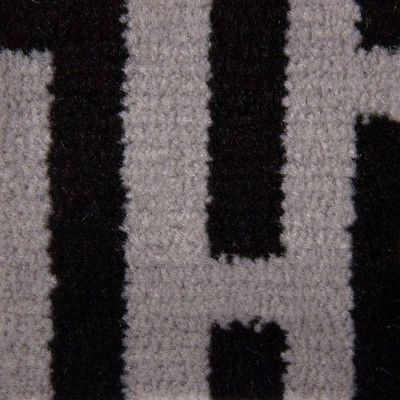

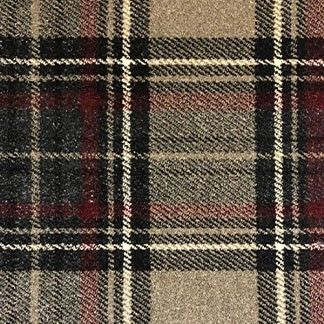















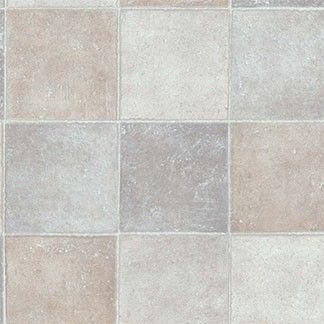











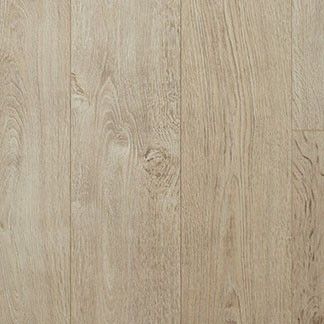




















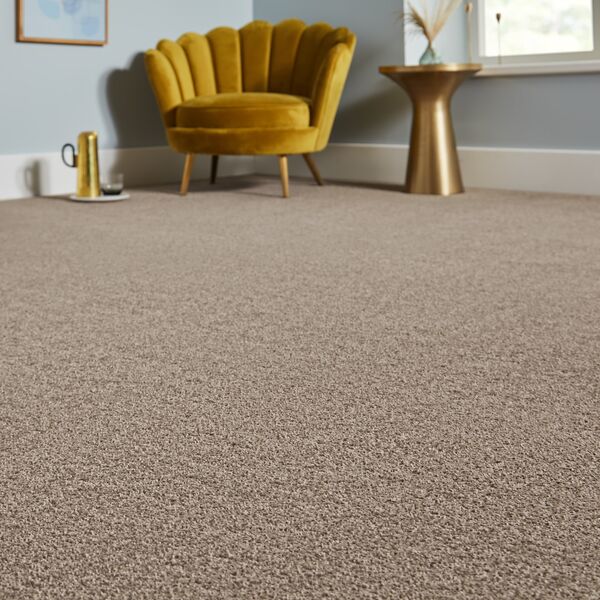
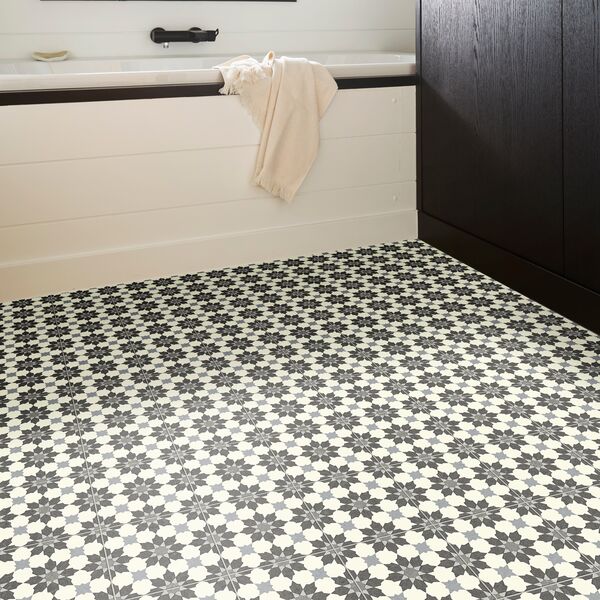
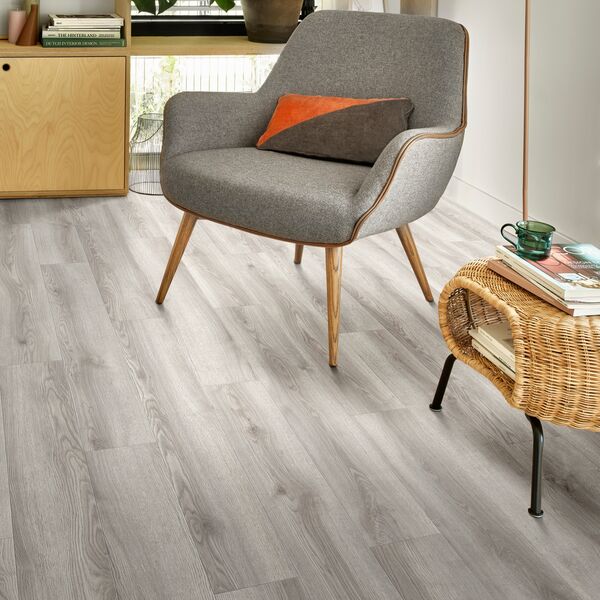
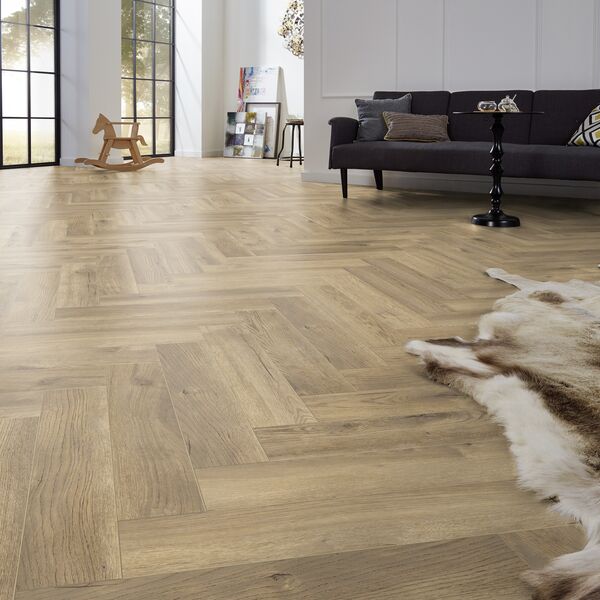





-250.jpg)

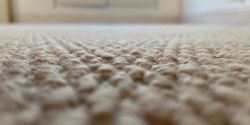
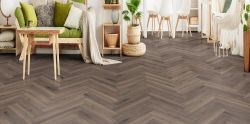










-250.jpg)







-250.jpg)
-250.jpg)
-250.jpg)
-250.jpg)

 copy-250.jpg)


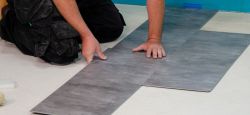

-250.jpg)
-250.jpg)


-250.jpg)
-250.jpg)
-250.jpg)

-250.jpg)
-250.jpg)
 - Article Image (not header)-250.jpg)
-250.jpg)

-250.jpg)

-250.jpg)







